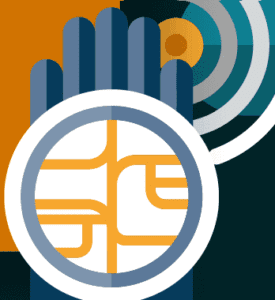BioSec is trying to make the case for biometric access control in gated communities. To that end, the company argues that biometric solutions are both more secure and more convenient than their non-biometric alternatives, then goes on to pitch its own GateKeeper product to communities that are looking to upgrade their security setups.

GateKeeper itself is a palm vein recognition system that identifies individuals based on the unique vein patterns beneath their skin. Those patterns are extremely difficult to spoof because they are invisible to the naked eye, so any would-be fraudsters will not even know what they are trying to recreate. That distinguishes the technology from facial recognition, where a scammer can try to use an existing photo as the foundation for a spoof.
Biometric security also negates the need for physical fobs and access cards, or for passcodes and PIN pads, all of which have severe security limitations. Physical credentials can be lost or stolen, while passcodes can be similarly compromised or forgotten. A person’s palm, on the other hand, cannot be left behind, and can be presented in a matter of seconds.
“We know that security is highly important, but so is convenience, so we did not want to ask our customers to choose only one,” said BioSec Group CEO Péter Györgydeák.
BioSec’s GateKeeper solution is compatible with other security and visitor management systems, and is available in a contactless version with temperature detection capabilities. The platform was deployed at a German construction site in July of 2020, and at a European sports arena all the way back in 2014. The latter has roughly 23,500 seats, and has already registered more than 100,000 individual users.
A gated community, meanwhile, would presumably have a much smaller user base. BioSec released the residential version of GateKeeper for apartment buildings back in 2019.
–
September 1, 2021 – by Eric Weiss






Follow Us